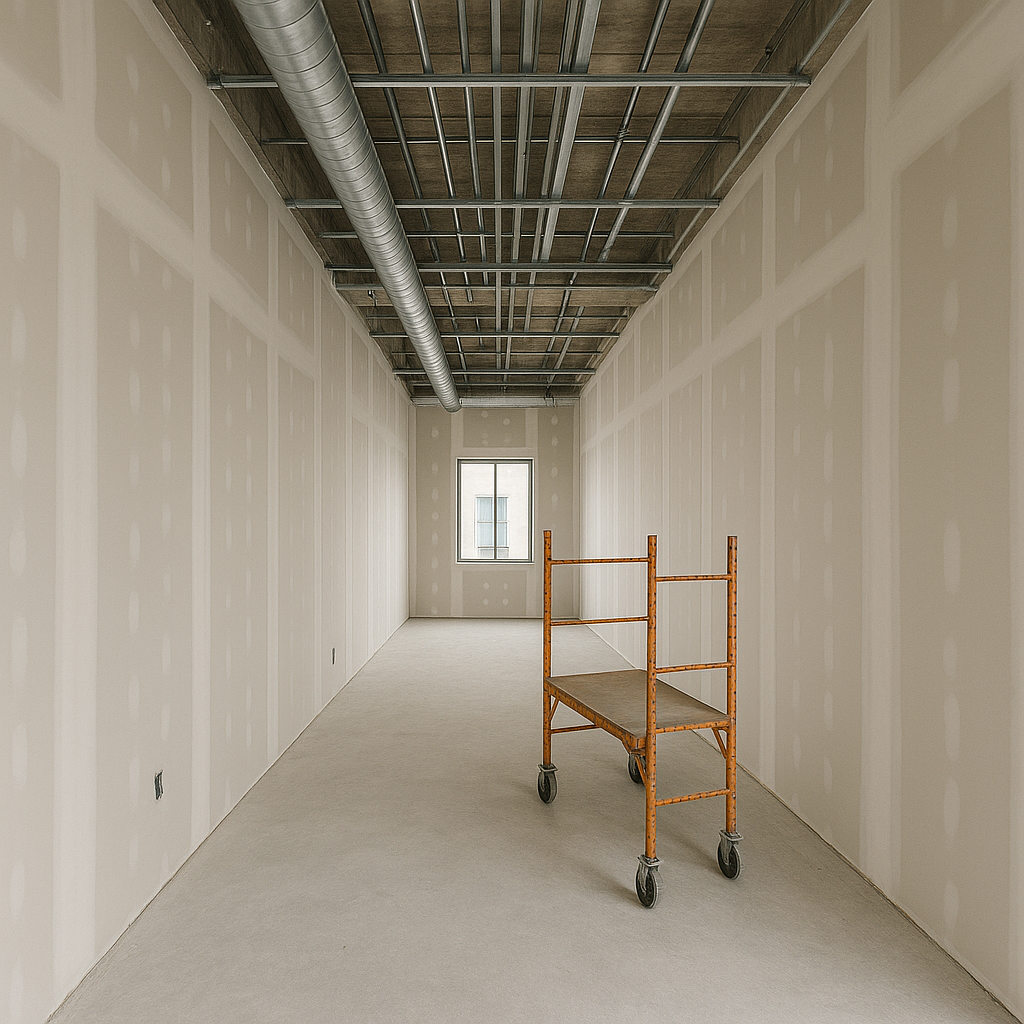
Design-build contracts bring speed and efficiency to construction, but they also demand a new level of precision during the early planning stages—especially when it comes to forecasting material needs like drywall. Unlike traditional delivery methods, design-build compresses the timeline between design and construction, requiring more proactive and informed decision-making from both architects and general contractors. Predicting drywall needs in these contracts is not just a matter of quantity—it’s about synchronizing evolving design with constructability and cost certainty.
Drywall is typically one of the largest material packages in commercial and multi-family construction. In a design-build setting, where project parameters are still fluid, accurate quantity projections must be built from partial information. Yet rushing estimates based on incomplete data leads to expensive change orders, scope gaps, or material delays.
Successful teams now rely on continuous cost forecasting—an approach that blends conceptual estimating with evolving design data to ensure drywall needs are anticipated, validated, and adjusted dynamically as new information becomes available.
Predicting drywall in design-build contracts requires flexibility backed by structured intelligence. Rather than working in silos, estimators must connect historical benchmarks, field-driven productivity insights, and real-time design updates. This approach aligns planning with actual cost expectations from the beginning.
Modern drywall estimating platforms make this possible by incorporating both objective model data and subjective expert inputs. They allow early estimates to evolve alongside design, ensuring that material projections stay accurate even as project scope changes.
Effective forecasting depends on the ability to collect, analyze, and apply data throughout all phases of the project. Solutions like Active Estimating empower teams to connect initial design intent with downstream cost and production realities. This ensures that drywall quantities aren’t just assumed—they’re predicted, validated, and continuously refined.
With such a system in place, teams can achieve:
Design-build contracts thrive on collaboration and early clarity. Predicting drywall needs accurately in this environment enhances coordination, reduces waste, and ensures that costs reflect what will actually be built—not just what’s been drawn. By embracing a data-centric approach and modern estimating technology, project teams can turn early guesses into reliable numbers, supporting both the design vision and construction execution from day one.
Schedule a personalized demo to see how Active Estimating can work for your specific needs.
